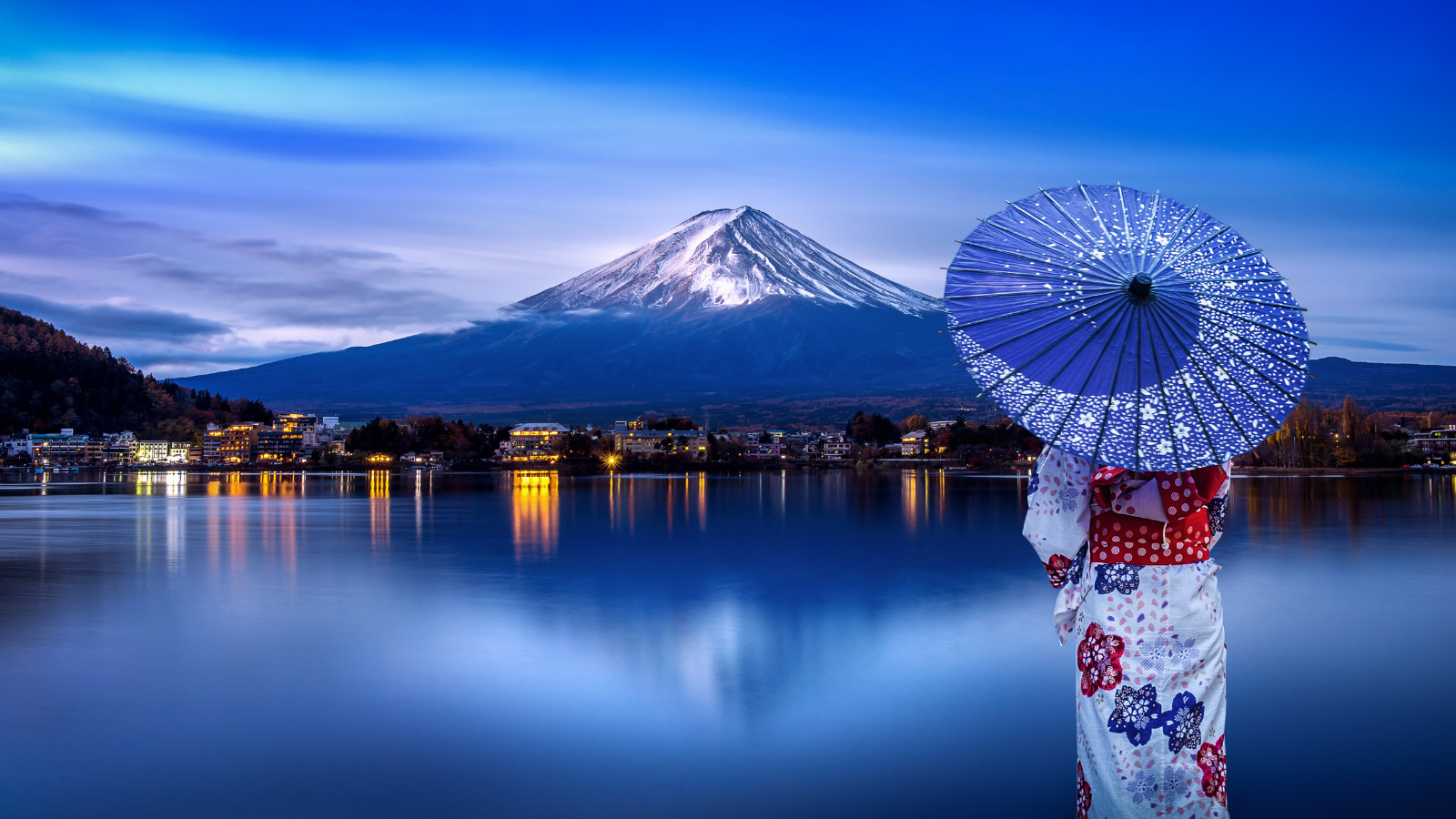Kanagawa Prefecture, located just south of Tokyo in the Kanto region, is a vibrant area known for its bustling cities, historic sites, and beautiful coastal scenery. With its blend of modern attractions and cultural heritage, Kanagawa offers a diverse range of experiences for visitors.
History and Culture
Historical Significance
Kanagawa has a rich historical background, having played a pivotal role during the Edo period and the Meiji Restoration. The port city of Yokohama was one of the first Japanese cities to open to foreign trade in the 19th century, significantly influencing the country’s modernization. Historical sites such as Kamakura, the ancient political center of the Kamakura shogunate, offer deep insights into Japan’s feudal history.
Cultural Heritage
Kanagawa is renowned for its cultural and artistic contributions. The region is known for its traditional crafts, festivals, and performing arts. Events like the Kamakura Festival and the Yokohama Port Festival highlight the prefecture’s rich cultural traditions. Kanagawa is also famous for its contributions to Japanese literature and cinema.
Economy and Industry
Kanagawa’s economy is diverse and robust, with strengths in manufacturing, technology, and trade. Yokohama, the prefectural capital, is a major commercial and industrial hub with a thriving port. The region is also home to numerous multinational corporations and research institutions. Agriculture and fishing also play vital roles, providing fresh produce and seafood to the local market. Tourism is a significant contributor to the economy, attracting millions of visitors each year.
Attractions and Activities
Urban Attractions
- Yokohama: A dynamic city known for its modern skyline, historic port, and cultural landmarks.
- Minato Mirai 21: A futuristic urban area with shopping, dining, entertainment, and the iconic Yokohama Landmark Tower.
- Yokohama Chinatown: The largest Chinatown in Japan, offering a variety of Chinese cuisine and cultural experiences.
- Sankeien Garden: A traditional Japanese garden featuring historical buildings and beautiful seasonal flowers.
Historical and Cultural Sites
- Kamakura: An ancient city known for its historical temples, shrines, and samurai heritage.
- Kotoku-in Temple: Home to the Great Buddha (Daibutsu), a massive bronze statue and a symbol of Kamakura.
- Tsurugaoka Hachimangu Shrine: A significant Shinto shrine with beautiful grounds and cultural festivals.
- Hakone: A popular hot spring resort area with stunning views of Mount Fuji and rich cultural sites.
- Hakone Open-Air Museum: Showcasing contemporary sculptures in a picturesque outdoor setting.
- Lake Ashi: Offering boat cruises with panoramic views of Mount Fuji and the surrounding mountains.
Natural Attractions
- Enoshima: A small island near the coast with beaches, caves, and a vibrant local culture.
- Odawara Castle: A historic castle offering insights into the region’s feudal past and beautiful views of the surrounding area.
- Tanzawa-Oyama Quasi-National Park: Featuring lush forests, hiking trails, and scenic mountain vistas.
Cuisine
Kanagawa’s culinary scene is diverse and delicious, reflecting its coastal location and cultural influences. Local specialties include:
- Shirasu: Whitebait fish, often served fresh or cooked, a delicacy in coastal areas like Kamakura and Enoshima.
- Sanmamen: A type of ramen with stir-fried vegetables, originating from Yokohama.
- Yokohama’s Chinese Cuisine: With a variety of authentic Chinese dishes available in Yokohama Chinatown.
- Hakone’s Black Eggs: Eggs boiled in the hot springs of Owakudani, believed to increase longevity.
Conclusion
Kanagawa Prefecture is a captivating destination that blends modernity with historical charm and natural beauty. Whether you’re exploring the bustling streets of Yokohama, visiting ancient temples in Kamakura, or relaxing in the hot springs of Hakone, Kanagawa offers a rich and varied experience for all visitors. Its unique attractions and welcoming atmosphere make it a must-visit location for anyone traveling to Japan.

